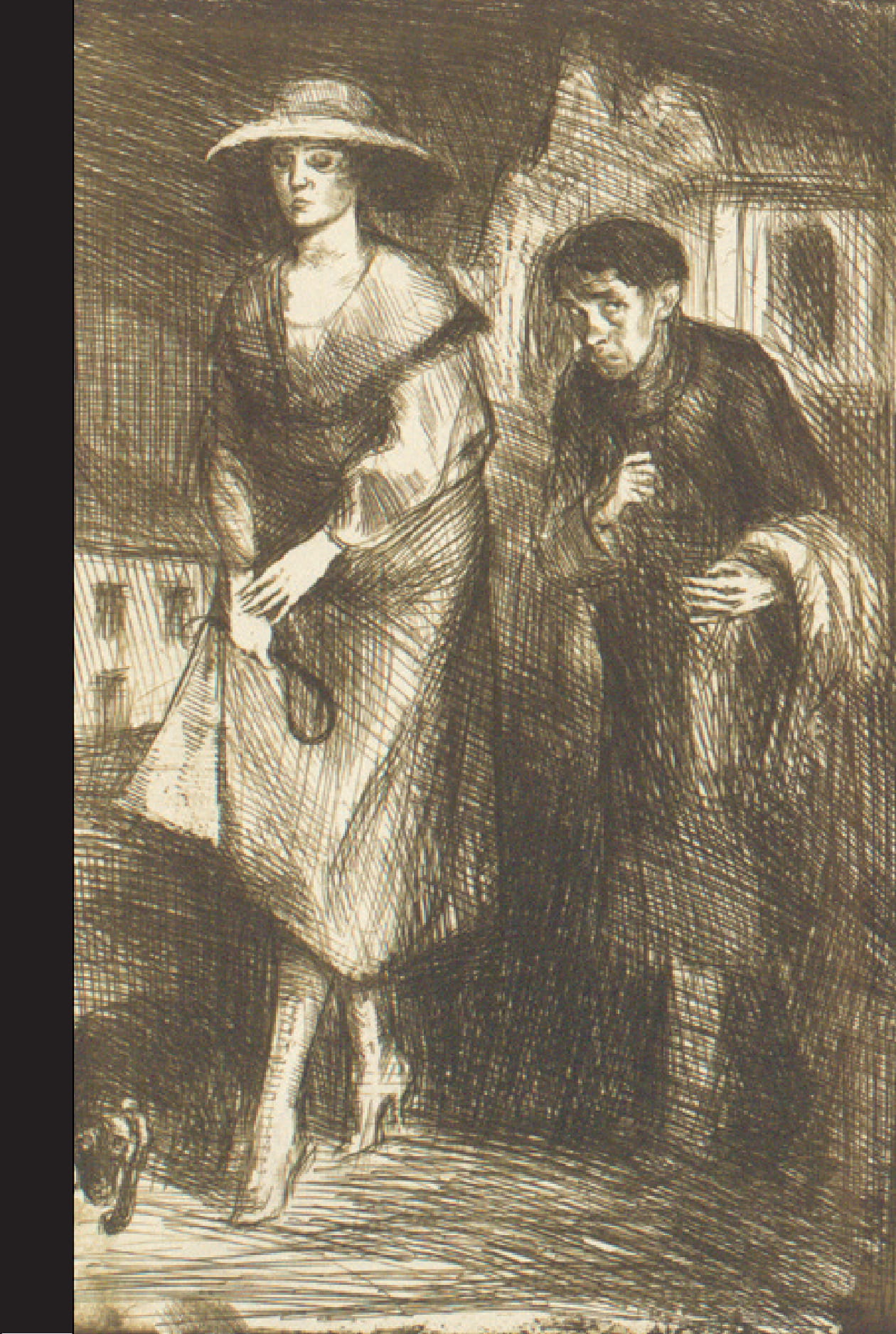Geometria imaginacji. O kształtowaniu przestrzeni u Schulza
Geometry of Imagination. On Space in Schulz
Author(s): Eliza KąckaSubject(s): Comparative Study of Literature, Polish Literature, Theory of Literature
Published by: Fundacja Terytoria Książki
Keywords: bruno schulz;polish literature;geocriticism;geopoetics;
Summary/Abstract: The starting point of the essay is a hypothesis that the concepts of time in Schulz’s fiction can be approached more effectively and systematically than those of space. It is space that shows his inventiveness the best, comparable to his drawings. There are many studies of space in Schulz’s fiction, yet few of them address the basic problem: how is space actually created, what are the rules of its production? While a number of critics have pointed at the figure of the labyrinth and geopoetics has inevitably become a relevant method, less attention has been paid to the representations of phenomena from the border area of dream and wakefulness. Ernst Mach’s Analysis of Impressions, commonly read by Schulz’s peers, suggests many valuable clues. The proper frame of reference for such phenomena, close to spontaneous hallucinations, is language. It is its dynamic, with which Schulz collaborates in a disciplined way without reducing its artistic value, which generates analogies between linguistic operations and spatial forms. The shaping of space conditioned by language – verbal mimesis which renounces any other mimetic ambitions – is a very interesting aspect of Schulz’s writing. The essay includes analyses of the selected passages from Schulz’s stories – those dominated by a unique conditional mode signalized on various levels by verbal, adjectival, and adverbial phrases. Schulz’s tour de force in that respect is “The Gale.” The atmosphere of the story is uncanny and surreal, and, what is perhaps the most important, the sound effects are rich as in no other work of fiction by the Drogobych writer. “Spring” shows other strategies of creating spaces derived from words. It is important that the stories in both Schulz’s collections make the reader turn to the concepts related to the category of non-place.
Journal: Schulz/Forum
- Issue Year: 2019
- Issue No: 14
- Page Range: 33-42
- Page Count: 10
- Language: Polish

